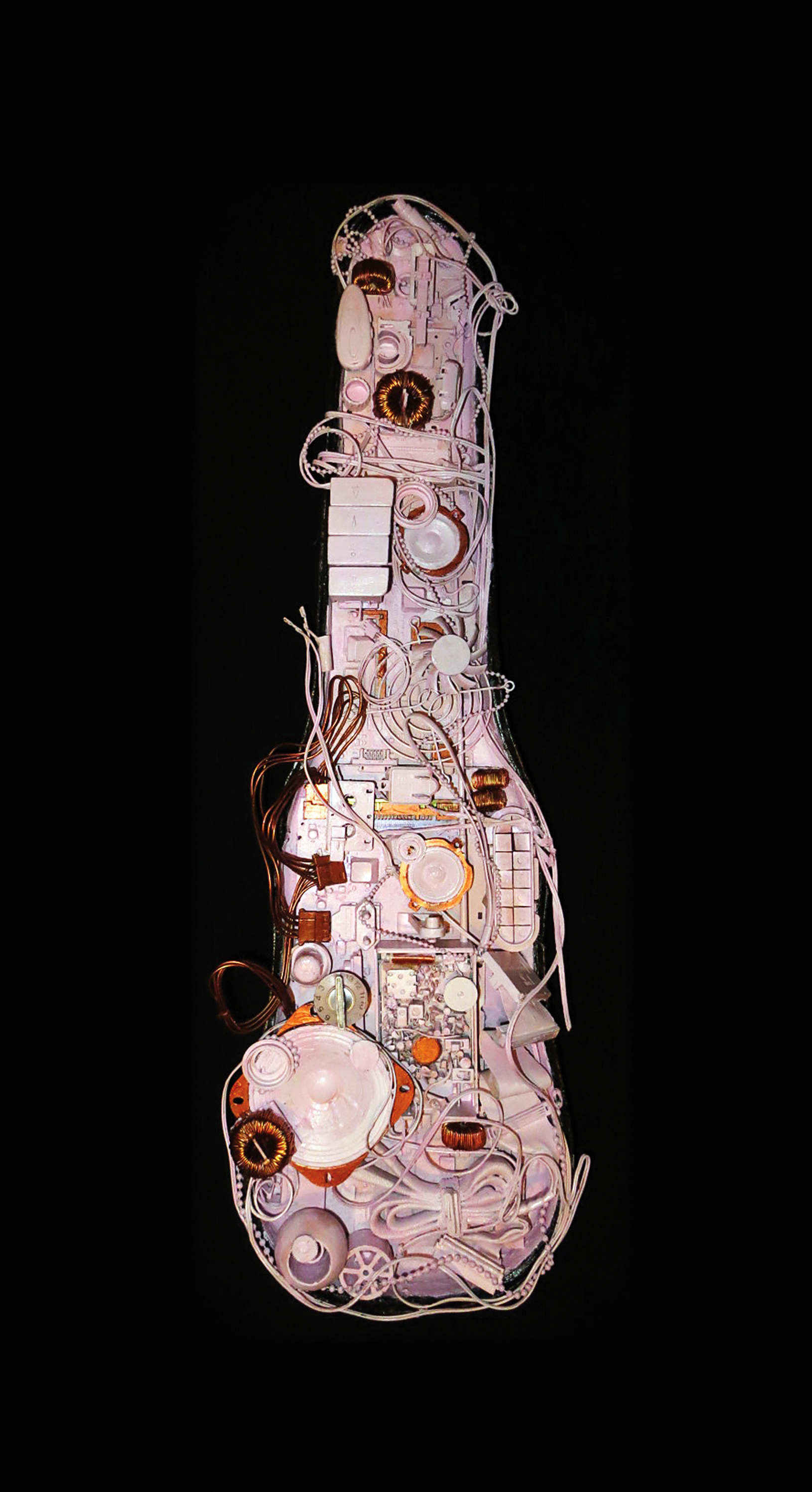When I find a microphone I enjoy, I tend to stick with it for a long time – especially in a specific application. So something I have not done in a few years is audition a new close source, dynamic microphone. But being familiar with the quality of beyerdynamic mics, I saw the TG I51 and thought it was time. The beyerdynamic M 201, M 88 [Tape Op #61], and M 160 [#60] are already some of my go-to microphones. Designed and manufactured to a high standard in Germany, the TG I51 sports a tough, yet sleek matte black enclosure. Immediately, I was drawn to how compact the mic was. It’s ready to connect directly to a stand with a built-in mic clip, and won’t struggle to fit in tight spaces.
I record a ton of loud rock music. So, a mic that can handle high volumes and with good off-axis rejection is going to see a lot of action on sources like blaring guitar amps and snare drums. My first test was a close mic’d guitar cabinet. I put the TG I51 right against the speaker’s grill cloth in good company with a Shure SM57, and Heil PR 30 [Tape Op #56]. These two are generally my pick for a bright electric guitar mic. I usually blend these with a darker ribbon mic of some sort, like the beyerdynamic M160. But for the purpose of this test, I stuck with just the dynamic mics. Auditioning the mics back and forth, the TG I51 more than held its own. It sounded smooth – less of that 4 kHz-ish resonance that the SM57 is known for – and still had plenty of high mid (and above) definition. As soon as I heard the frequency response and the way the mic handled blistering volumes, I knew it was going to take to EQ extremely well. Impressive.
The next task was a snare drum. I was working with a drummer that sets up their kit very low and flat – including the high hat. This makes it difficult to get optimal high hat rejection placement on the snare’s top head. The TG I51’s compact enclosure is perfect for this. With an XLR cable plugged in, the TG I51 takes up about 5.5-inches from front to back, where the other two dynamics are about 8-inches with an XLR plugged in. That extra 2.5-inches is big when trying to get the right angle between the snare top and the bottom of a high hat while angling for optimal rejection. The TG I51 sounded perfect, was easy to set up, and the drummer commented on the mic’s sleek look. I’m definitely keeping this mic, and I bet it’s a front-runner in many applications. beyerdynamic has recently released a few more dynamic mics in this series (including the TG D70 for kick drum and the TG D35D supercardioid) that I may need to take a peek at.




_disp_horizontal_bw.jpg)